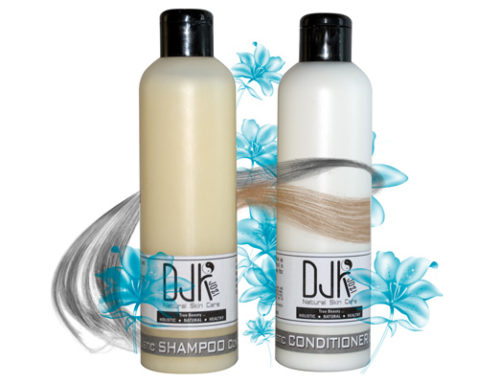In the last few years we have all become accustomed to reading the labels on food products and have become acutely aware of certain ingredients that we do not want to ingest, and similarly we should be as vigilant with our personal care products and cosmetics. However it is not as simple as becoming avid ‘label readers’ as a cursory glance at the label on your shampoo, face cream or face wash will leave most people none the wiser as they are confronted by a list of unpronounceable chemicals and ingredients. There are also a number of different ways of disclosing the ingredients as the same chemical can have many different names.
It does make sense to become familiar with the names of the common ones and also the most dangerous ones. Listed below are the ones commonly found in personal care products:
- Parabens – ethyl, Butyl, Propyl parabens.
- Phenoxyethanol – also sometimes called Ethylene Glycol Monophenyl Ether.
- BHA and BHT – Butylated hydroxyanisole (BHA) and butylated hydroxytoluene (BHT)
- Ethanolamine Compounds (MEA, DEA, TEA )
- Hydroquinone – used in creams to lighten age marks and darkskin.
- Sodium Laureth Sulphate, Sodium Lauryl Sulphate – all sulphate surfactants.
- Siloxanes or silicones – ingredients ending in “-siloxane” or “-methicone.”
- Triclosan – an antibacterial agent in many handwashes.
- Formaldehyde releasing preservatives – Look for DMDM hydantoin, diazolidinyl urea, imidazolidinyl urea, methenamine and quarternium-15.
- Liquid Parrafin and Petrolatum (Petroleum Jelly) – block pores and stop the skin from excreting waste and toxins.
- Propylene Glycol, Polyethylene Glycol, PEG – common plasticizers and promote ageing.
- Benzophenone – avobenzone, oxybenzones – used in sun screens – generate free radicals and promote premature ageing.
Tony Knott
Skin Health Scientist – DJK Jozi Natural Skincare (Pty) Ltd


